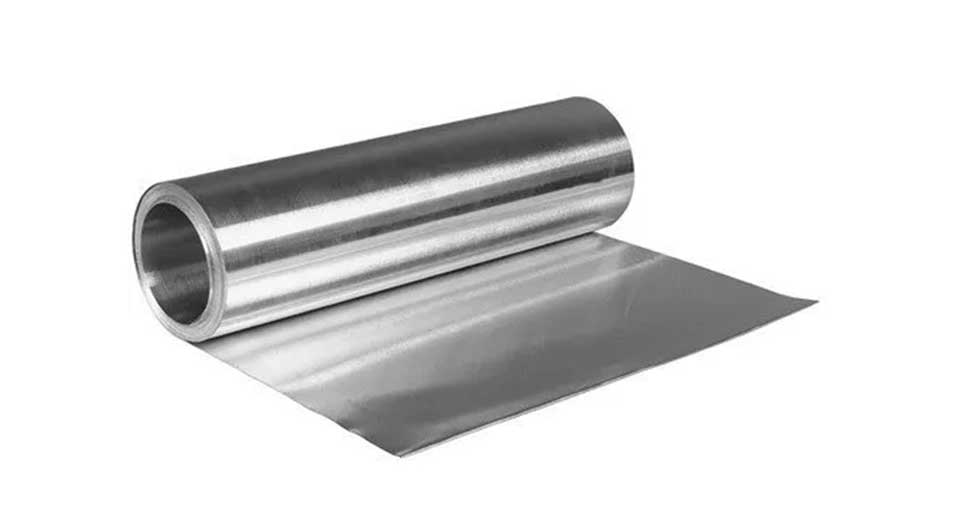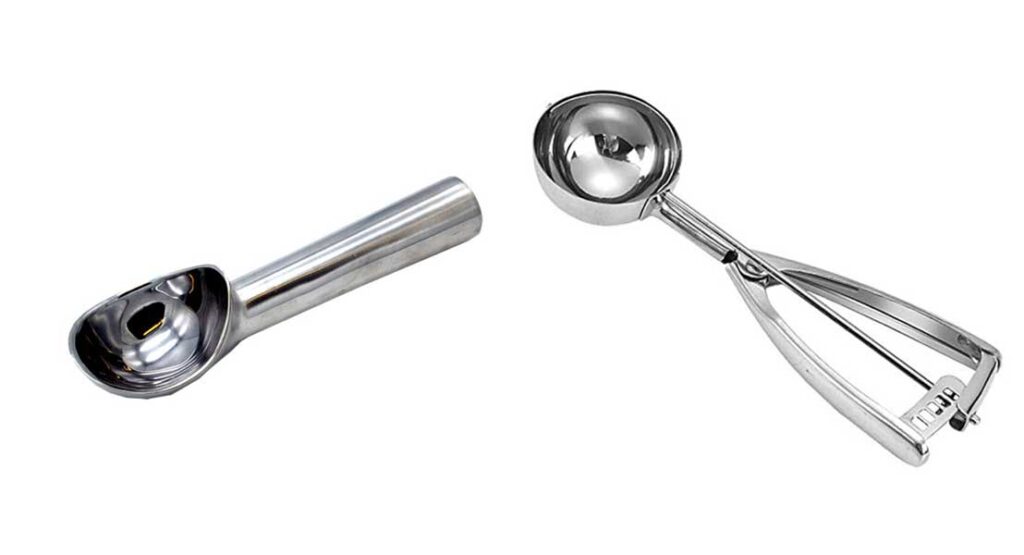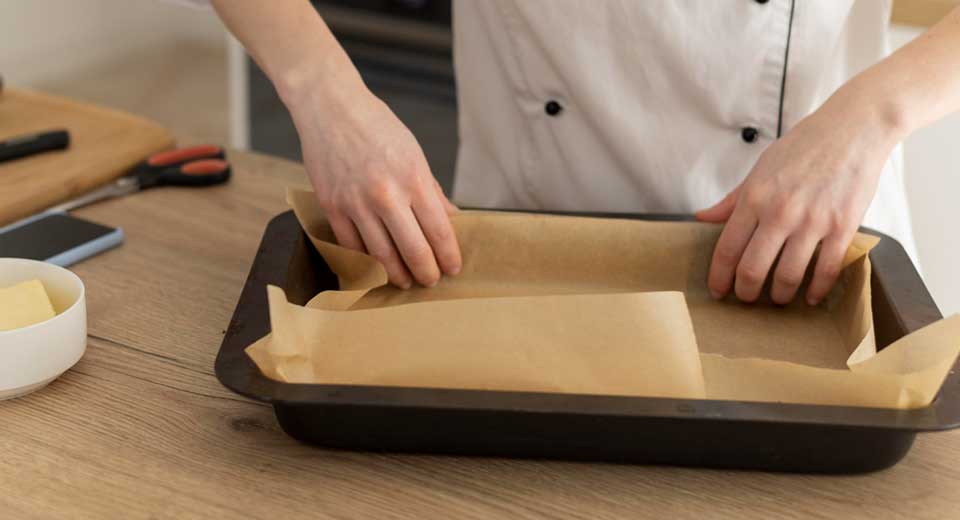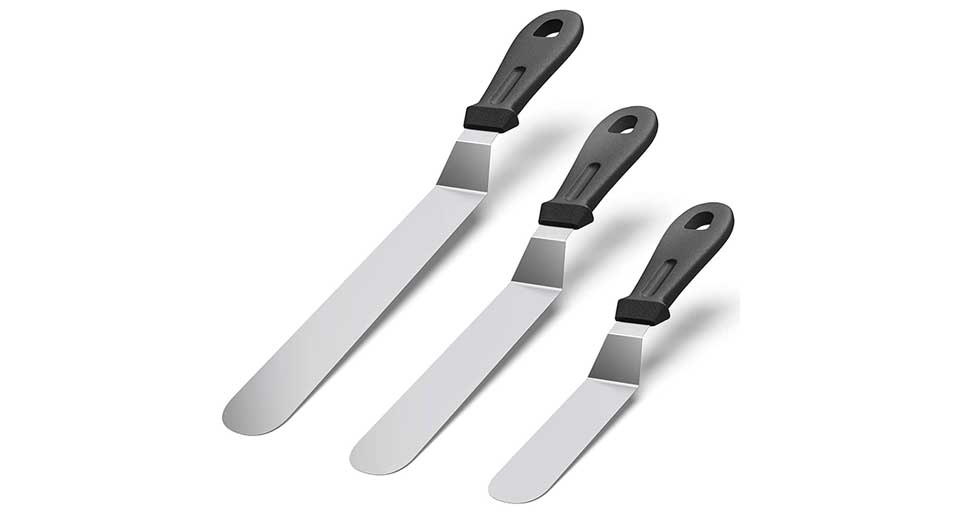In the world of baking, there are few tools as versatile and widely used as aluminum foil. From lining baking sheets to covering dishes, aluminum foil plays an essential role in various cooking and baking processes. This guide will take you through the different uses of aluminum foil in baking, its benefits, and tips for getting the most out of this indispensable kitchen tool.
What is Aluminum Foil?
Aluminum foil is a thin sheet of aluminum that is rolled out into a flexible, durable, and heat-resistant material. It’s commonly used in cooking and baking for its ability to retain heat, block light, and provide a non-stick surface. Because it’s lightweight yet sturdy, aluminum foil has become a staple in kitchens worldwide.
Key Features of Aluminum Foil
When it comes to baking, there are several key features of aluminum foil that make it an invaluable tool:
1. Heat Conductivity
Aluminum is an excellent conductor of heat, which helps distribute heat evenly when baking. This is especially useful for lining pans or wrapping foods to ensure even cooking or browning.
2. Non-Stick Surface
Aluminum foil can provide a non-stick surface when lined on baking trays, preventing food from sticking to the pan and making cleanup easier.
3. Moisture Retention
When you wrap foods like fish or vegetables in foil, it helps to trap moisture, preventing them from drying out while baking. This is particularly helpful for recipes that require steaming or slow cooking.
4. Durability and Flexibility
Aluminum foil is durable enough to withstand high oven temperatures, and its flexibility allows it to be molded around food or used to cover dishes securely.
Best Uses for Aluminum Foil in Baking
Aluminum foil has a wide range of uses in baking. Here are some of the most common applications:
1. Lining Baking Sheets
One of the most common uses of aluminum foil is lining baking sheets to prevent sticking and make cleanup easier. Whether you’re baking cookies, roasting vegetables, or making sheet pan meals, aluminum foil acts as a barrier that prevents food from sticking to the surface.
2. Covering Dishes
Foil is often used to cover dishes, particularly when baking casseroles, lasagna, or pies. Covering the dish helps retain moisture and prevents the top from over-browning before the inside is fully cooked. You can also remove the foil in the final stages of baking to allow for browning.
3. Wrapping Food for Even Cooking
Foil is perfect for wrapping food items like baked potatoes, fish, or meats. Wrapping helps distribute heat evenly, keeps food moist, and seals in flavors.
4. Creating Foil Packets
Foil packets are a convenient way to cook or bake ingredients together, such as chicken, vegetables, or fish. Simply place the ingredients on a piece of foil, fold it into a packet, and bake. The steam trapped inside ensures that the food remains tender and flavorful.
5. Shielding Pie Crusts
When baking pies, the edges of the crust can sometimes brown too quickly. Wrapping the edges with aluminum foil creates a shield that slows down browning, ensuring a perfectly baked pie.
6. Making a Makeshift Baking Pan
If you’re ever in need of a baking pan but don’t have one handy, you can create a makeshift pan using aluminum foil. Simply fold and mold the foil into the desired shape to hold your ingredients.
Types of Aluminum Foil
While it may seem like all aluminum foil is the same, there are actually different types that serve various purposes:
1. Standard Aluminum Foil
This is the most commonly used type of foil in kitchens. It’s ideal for lining pans, wrapping food, and covering dishes. Standard aluminum foil is versatile and can handle most everyday baking tasks.
2. Heavy-Duty Aluminum Foil
Heavy-duty aluminum foil is thicker and more durable than standard foil. It’s perfect for tasks that require extra strength, such as grilling, wrapping heavy meats, or baking at high temperatures. Its extra thickness also provides better heat insulation and protection.
3. Non-Stick Aluminum Foil
Non-stick aluminum foil is designed with a coating that prevents food from sticking to the surface. This is especially useful for delicate foods like fish or cookies that are prone to sticking during baking.
Tips for Using Aluminum Foil in Baking
To make the most of your aluminum foil when baking, keep these tips in mind:
- Shiny side up or down?: It doesn’t matter. The difference between the shiny and dull sides of aluminum foil is minimal and will not affect the outcome of your baking. However, some prefer to place the shiny side facing down to help retain heat.
- Avoid using with acidic foods: Aluminum foil can react with acidic ingredients like tomatoes or citrus, leading to a metallic taste. When working with these foods, use parchment paper or a non-reactive material.
- Crumple for non-stick surface: If you don’t have non-stick foil, lightly crumple standard foil before lining a pan. The crumpled surface creates small air pockets that reduce sticking.
Benefits of Using Aluminum Foil in Baking
There are several advantages to using aluminum foil when baking:
1. Easy Cleanup
Lining your baking trays or dishes with foil helps prevent food from sticking, making post-baking cleanup quicker and easier. Simply remove the foil and dispose of it.
2. Heat Retention
Aluminum foil helps retain heat in the food while baking, ensuring even cooking. This is particularly useful when you’re wrapping food or using foil packets.
3. Versatility
Whether you need to bake, grill, or store food, aluminum foil serves a multitude of purposes in the kitchen. Its flexibility and durability make it suitable for almost any baking task.
Aluminum Foil vs Parchment Paper
Which to Use?
While both aluminum foil and parchment paper are commonly used in baking, they serve different purposes:
- Aluminum foil is better for high-heat cooking, grilling, and tasks where heat retention and moisture control are important.
- Parchment paper is ideal for non-stick baking, particularly for delicate pastries, cookies, or cakes that need even baking without browning.
In some cases, you can use either one, but for tasks like covering dishes or wrapping food, aluminum foil is the better choice.
Final Thoughts: An Essential Tool in Baking
Aluminum foil is one of the most versatile and practical tools in the baking world. From lining baking sheets to covering dishes and wrapping food for even cooking, it offers a range of uses that make your baking experience easier and more efficient. Keep a roll of aluminum foil handy in your kitchen, and you’ll be ready to tackle any baking task with ease!
FAQs About Aluminum Foil
1. Can aluminum foil go in the oven?
Yes, aluminum foil is safe to use in the oven. It is heat-resistant and can withstand high baking temperatures, making it ideal for lining pans, covering dishes, and wrapping food.
2. Is aluminum foil recyclable?
Yes, aluminum foil is recyclable, but it must be clean and free from food residue. Be sure to rinse or wipe it before recycling.
3. Can I use aluminum foil to line my baking tray for cookies?
Yes, aluminum foil can be used to line baking trays for cookies, but parchment paper may be a better option for non-stick purposes, especially with delicate cookies.
4. Should I use the shiny or dull side of aluminum foil?
It doesn’t matter which side you use. The difference in appearance is due to the manufacturing process, and it does not affect baking results.
5. Can I use aluminum foil in place of a baking pan?
In a pinch, yes! You can mold aluminum foil into a makeshift baking pan for tasks like baking brownies or cakes, although a proper pan is preferable for better stability.




